Adrian Kinnaird talks to Ant Sang about his career so far, and his magnificent new collaboration with Michael Bennett, Helen and the Go-Go Ninjas (Penguin Random House NZ).
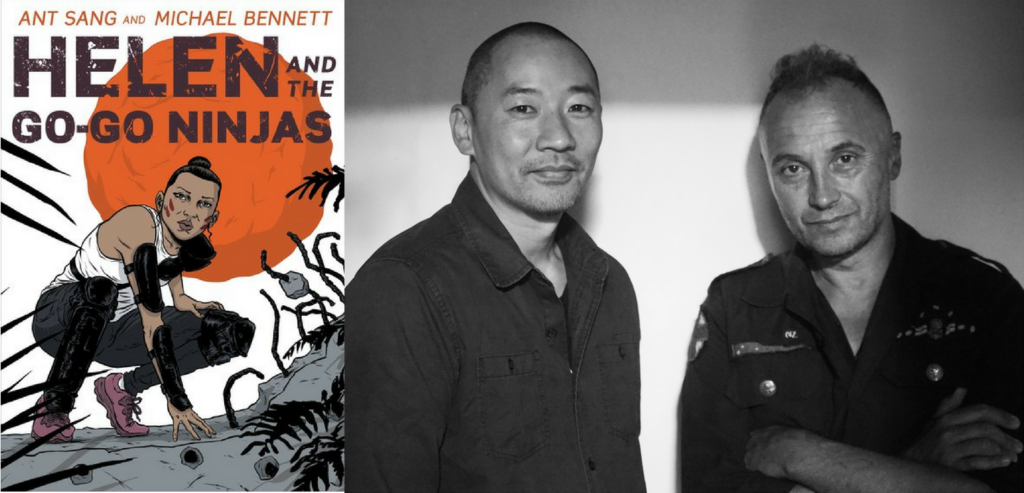
Over the last decade I’ve watched Ant Sang build an impressive career, as one of the few local cartoonists whose work has broken out from the small press scene to reach a wider audience.
Coming off the success of designing the animated TV series Bro’ Town, Sang produced his first original graphic novel, Shaolin Burning an epic tale of kung-fu and revenge in 2011. In 2014 my publishing house Earth’s End approached Sang about bringing his classic comic-book series, The Dharma Punks back into print. The resulting collection has since been published in France, the UK, US and Canada, showcasing his work to an international audience.
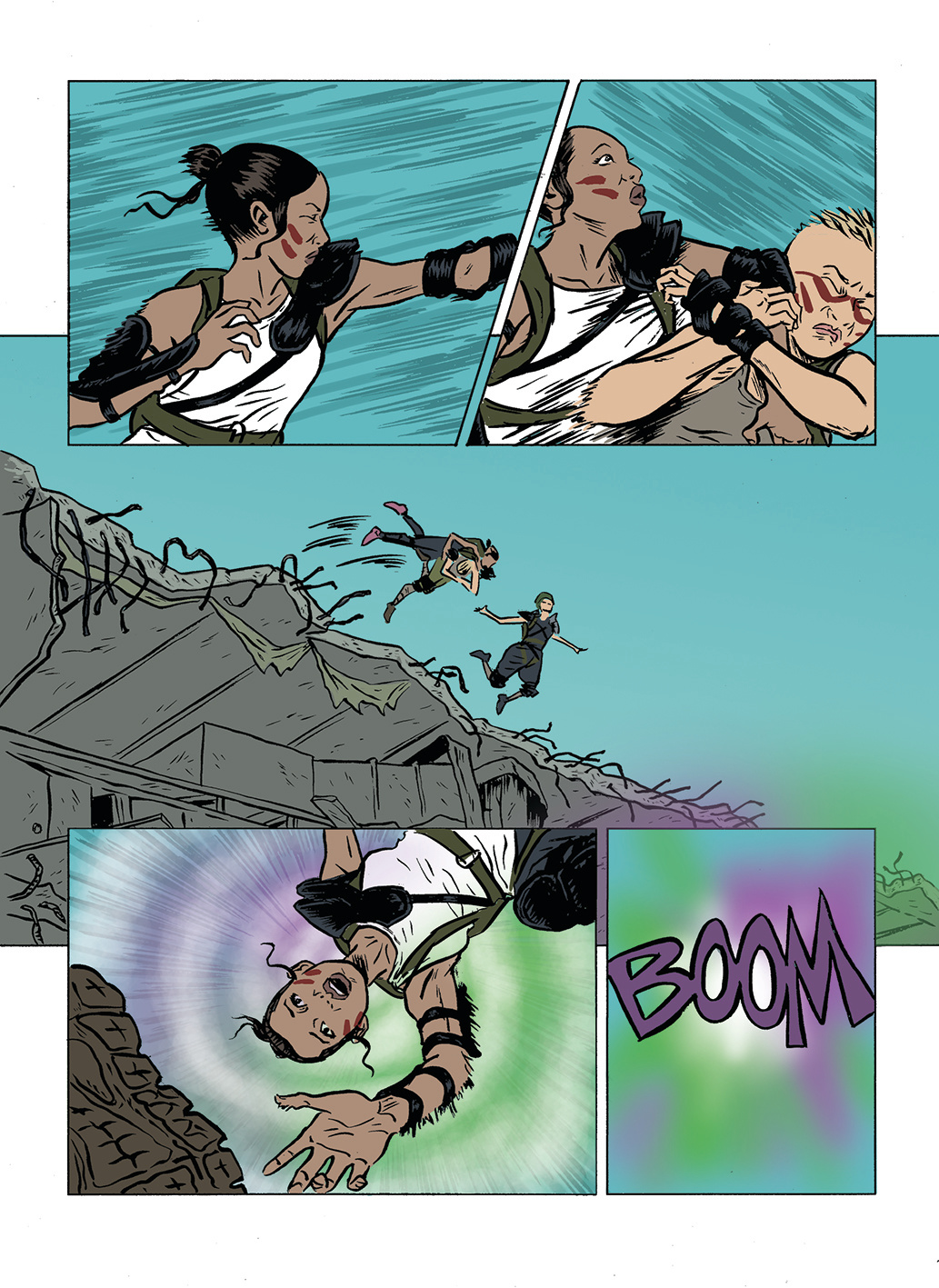
His latest project, Helen and the Go-Go Ninjas – a collaboration with writer/filmmaker Michael Bennett – is a daring sci-fi adventure, set in a dystopian future in which a breakthrough in medical science has caused the erosion of civilisation as we know it. Eco-activist Helen is kidnapped by a mysterious group known as the Go-Go Ninjas, who have travelled back in time from the year 2355 to interrogate her about the creation of the ‘Peace Balls’ – giant floating devices that enslave and control people’s minds. Unfortunately, Helen knows nothing about them, but she may still have invaluable knowledge from the past that might hold the key to saving the future…
In Helen and the Go-Go Ninjas Sang tackles an action-packed adventure story in bold full-colour for the first time, and it makes for a captivating read. I sat down with him to discuss his collaboration with Michael, his creative process, and the race to meet publishing deadlines.
Adrian Kinnaird: So how did you become involved in the project with Michael Bennett?
AS: I’d met Michael Bennett a few times and then about six years ago he approached me about this project. He said he had a story he’d been kicking around for some time. He had written it as a film script and wanted to see if he could turn it into a comic and asked I’d be interested.
The title grabbed me straight away. It was originally called, ‘The Ballad of Helen and the Go-Go Ninjas’, and straight away it sounded like an intriguing story. I read the script and thought it was a really fun, action/adventure story. It involved time travel and dystopian future, things I hadn’t really done before.
AK: Once you’d agreed to collaborate, did you apply for any funding support for the project?
AS: Yes. But first of all of all we talked to some publishers, to see if there was any interest in (publishing) it. And Penguin were immediately really interested, so once we had them on board we went for funding (from Creative New Zealand). The first time we applied we weren’t successful, but we got feedback from them and went over their notes. It was all pretty positive stuff…
Penguin were really interested in the idea of doing a graphic novel. They hadn’t done one in a long time, and were keen to see what they could do. Obviously I think they must have liked the story and the premise of it as well, and felt confident we could pull it off.
Once we were successful in getting funding, we got handed over to Catherine O’Loughlin at Penguin Random House NZ, who looks after the children’s and YA books.
AK: Did they have any notes for you on the project at this stage?
AS: The publisher had one suggestion for us, and that was about the age of Helen. Originally, she was slightly older and was married. So her scientist boyfriend was actually her husband. But they wanted to aim it more at the teen, young adult audience and thought, ‘they’re not going to want to read about a married woman going through a marriage crisis!’(laughs).
So they were keen for the protagonist to be slightly younger. Michael and I discussed it and thought it was a good idea, we didn’t have any qualms about changing that.

AK: So the characters would have slightly less baggage…
AS: Yeah, and just more youthful in their outlook. More idealistic.
SF: Did this change affect the tone at all? Were there any tweaks to the story?
AS: No, the tone was pretty much the same. There was always a lot of humour running through the story. Michael’s dialogue is quite snappy, I really like his writing style, so that was the same. It was just tweaking small things because of the change to her age and relationship status.
Michael’s dialogue is quite snappy, I really like his writing style, so that was the same.
AK: How did the collaboration work? Michael already had the film script version, did you take that away and break it down or…
AS: Michael was pretty keen on seeing what I would do with it, as this was the first time he’s worked with a cartoonist. He’s used to working within the film language, he’s really good with visualising stuff and the script was really lean, quite well suited to doing as a graphic novel.
Michael did break the script formatting down for me. If there was a chunky paragraph, like an action sequence, he isolated moments into separate lines that could translate into story beats – similar to how it might read as panels in a comic book.
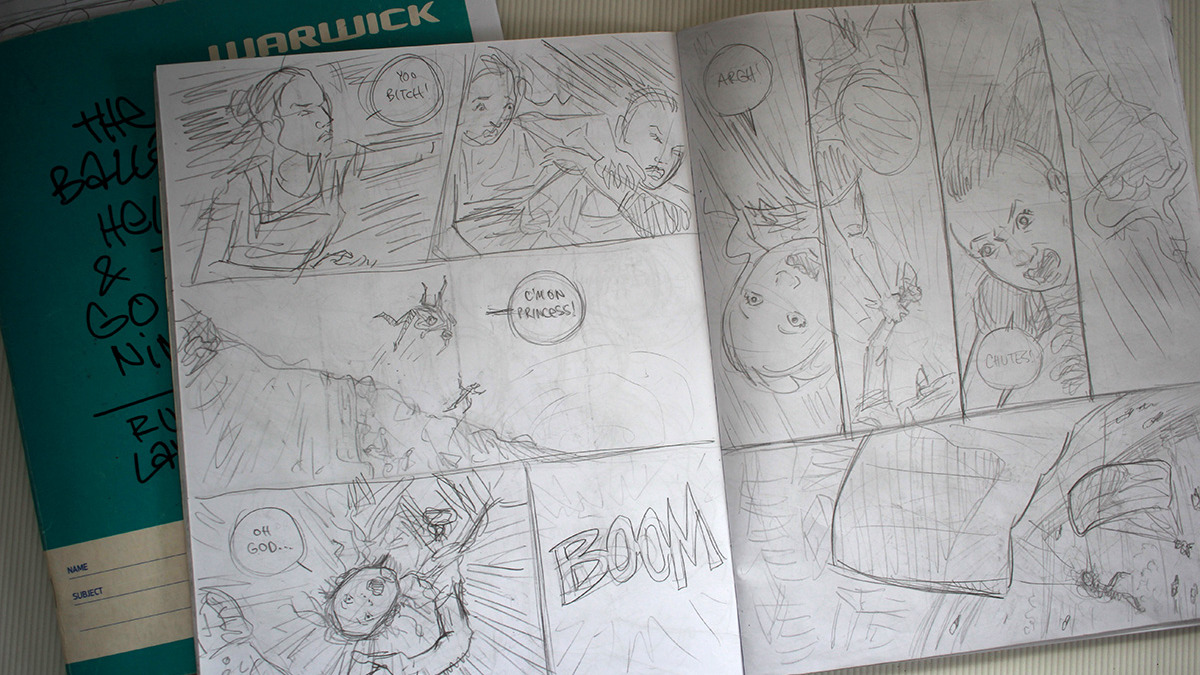
Then I broke the script down into thumbnails and we had a look at that. There was a little bit of a back and forth on some details and from there I moved onto the finished artwork. And throughout that process there would be conversations, where Michael would suggest certain things, more towards the end I think, when you could see how (the story) was coming together and how it was reading.
I did my thumbnails differently to how I normally do them; I did them quite big. I was looking at a video online of manga artist Takehiko Inoue who was doing his roughs in a book like this [Ant pulls out a series of blank page exercise books]. Normally I do my thumbnails quite small, but I thought I’d give this a go to see if it would speed up my process. I produced the finished art on A3 paper.
AK: Once you had a rough comic version of the story, did you make any adjustments or changes to the story?
AS: I did change a few things around. Like sometimes a bit of dialogue would work better if it was earlier (in a scene), or the timing was a bit different. Michael was really open to me doing what I thought was best to make it work as a comic. I suspect it’s a slightly unusual collaboration, compared to the way it’s done in the US (comic) industry, where it might not be as fluid (a process). There was quite a bit of room to move when I was working on this, he just said, “go ahead and do it the way you think it should be done and then we’ll look over it after that”.
Michael was really open to me doing what I thought was best to make it work as a comic.
AK: So when you’d finished all the artwork did Michael go through and tweak the dialogue here and there or make changes based on your artwork? For example, seeing a scene drawn out did you discuss with Michael, ‘maybe we don’t need this line because this image covers that’, ‘or this scene might be redundant’?
AS: Yeah, there was quite a bit of that. It was really interesting to see how Michael works, because he changes dialogue a lot. He would change complete lines as he was looking at the artwork, like, “now that I see it, I think she should be saying this instead”.
AK: Having some experience in animation (Sang was the Head Designer for the animated series, bro’ Town), I was curious if you designed all the characters and the settings before you started drawing the artwork?
AS: Some of them…Helen was designed early on. I tried to do it properly! (laughs). I had Helen and the Go-Go Ninjas designed, but the scientist boyfriend and the Riders I didn’t get around to designing or doing turnarounds for, they sort of just started (forming) at the roughs stage. Once I started sketching them on the page, in action, they started to develop…
AK: As a collaborator, did you enjoy being the artist this time around, rather than the sole author and having to balance both the story and art? Although you did some adaptation, it must still have been a different experience from working on one of your own graphic novels…
AS: It was definitely a big difference from writing and drawing your own story, because you tend to tinker with it a lot more. I would do it all the way through the process. Like with Dharma Punks and Shaolin Burning, I can keep making changes as I go along to a certain extent. But it was good to not have the pressure of figuring out all the story stuff, because for me that’s quite a lonely and torturous part of the process!
AK: Did you do any research or reference for the look of the post-apocalyptic future depicted in the story?
AS: We tried to pull back a little bit on direct references. It is set in Auckland, but we tried to disguise it a little bit so it looks like it could be more international (and less place specific). 300 years in the future the city’s been overgrown, so I looked at a lot of internet photos of abandoned places around the world where nature has reclaimed buildings, trees and greenery growing over them. There’s quite a lot of haunting images out there, of those kind of locations.
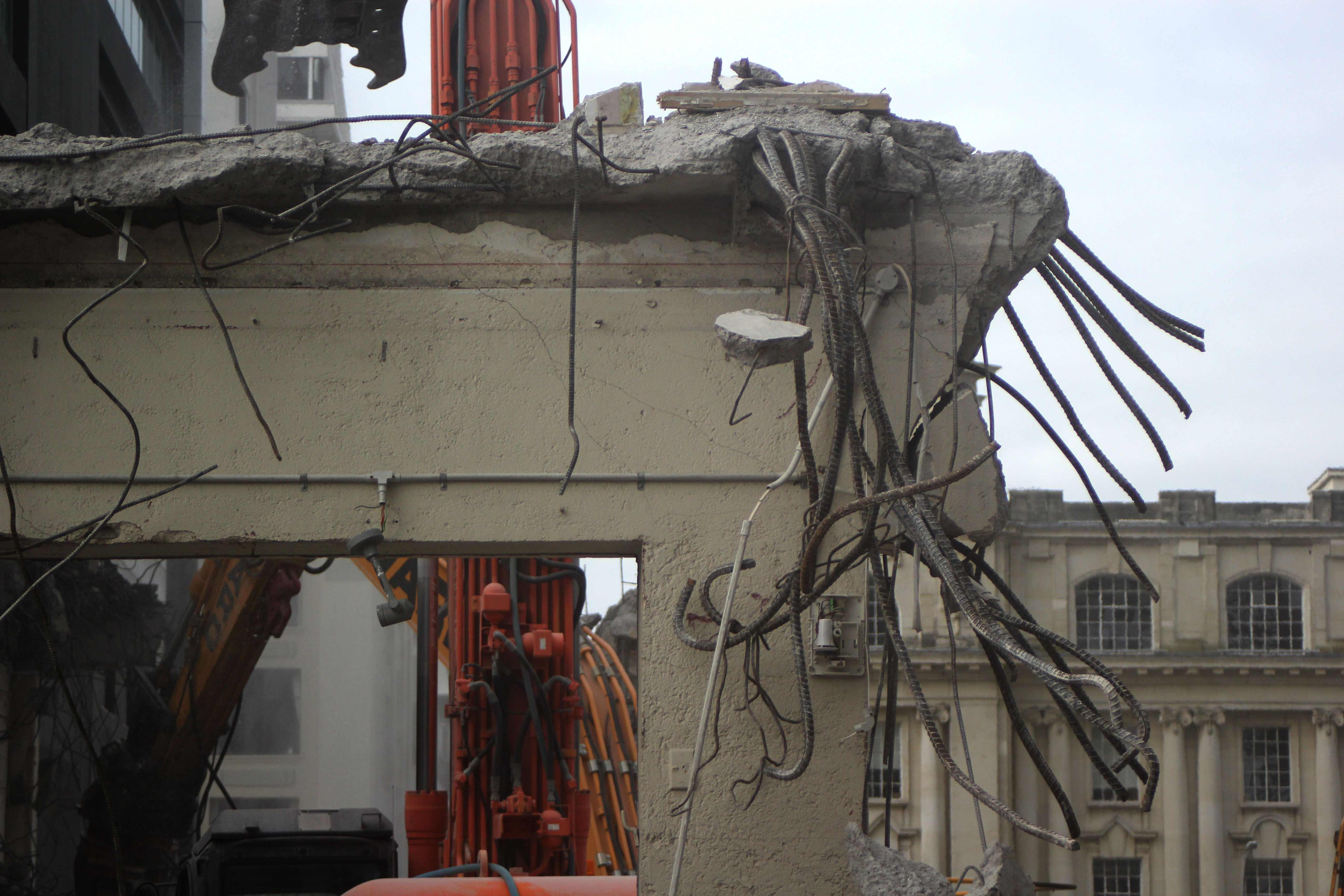
AK: I remember you telling me last year you took some reference photos of the Downtown Mall in Auckland that was being demolished at the time…
AS: Yeah, you can see that influence in the buildings. I really love the look of the steel reinforcing poking out of the (demolished) concrete, these organic looking tentacle things. Taking those photos it was like, ‘yay, so that’s what it looks like when a building completely falls apart!’ (laughs).
AK: And this is also the first time you’ve done a full-length colour graphic novel?
AS: Yeah it is, the first one! Dharma Punks was black & white, Shaolin Burning was grey tones and now this one is full colour.
AK: Was that a big leap for you in terms of coming up with colour palettes for the story?
AS: It was. You can see throughout the book I’ve got different colour schemes for different parts of the story, so that was something I wanted to try out. Never having worked on a big colour story like this before, it was quite cool to think about how this would apply to different locations. Down below in the sewers where the Go-Go Ninjas live it’s all red, with colourful neon lights that they’ve found.
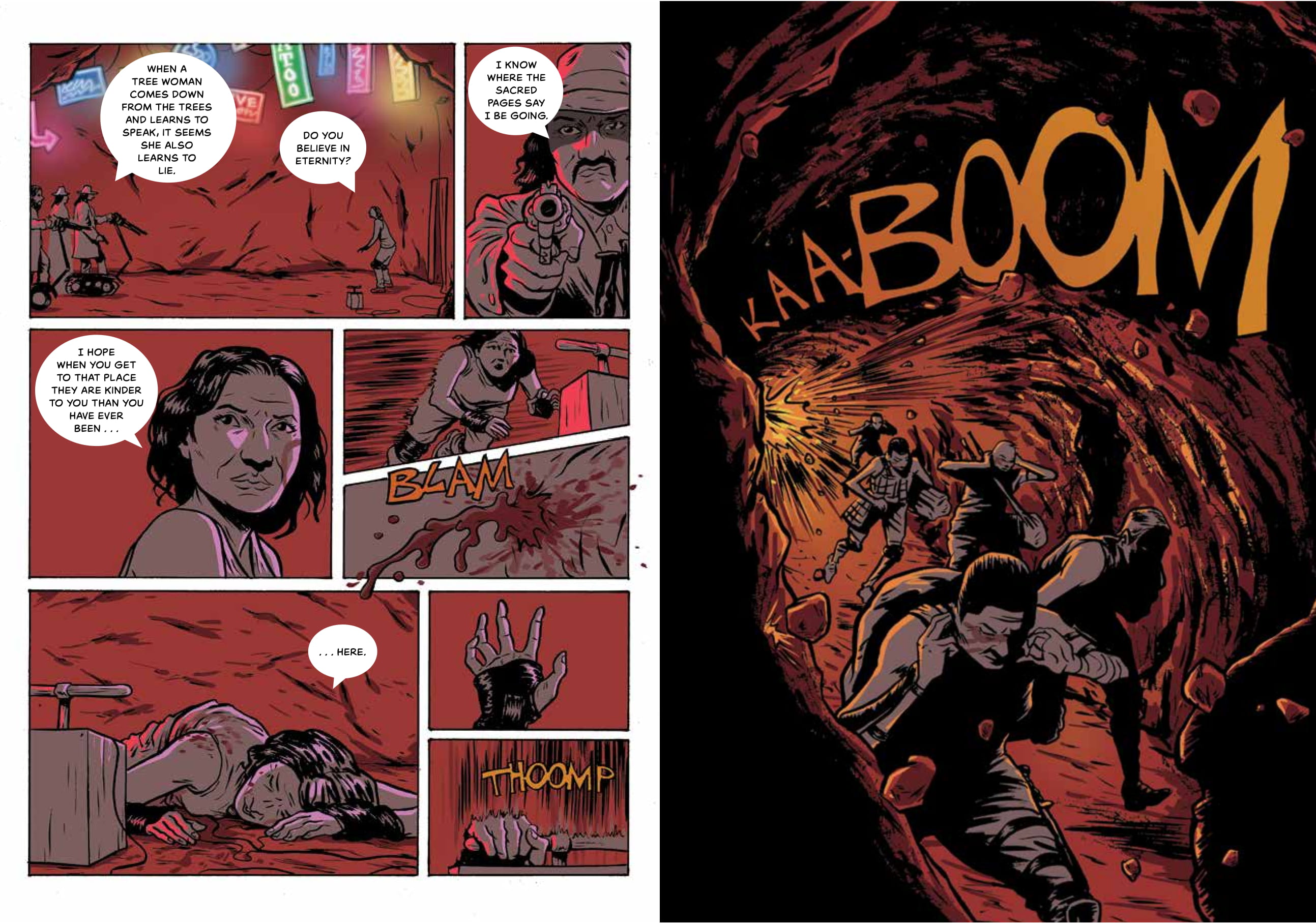
AK: It’s really striking, what was that inspired by?
AS: I was trying to think of something different that it could look like down there, and I was also thinking red would be good as it creates this womb-like environment. It’s where Helen undergoes these changes; she’s reborn down there. There’s sewer pipes and it has an organism-like feel, so I thought that was a cool way to represent that. I really liked the look of the stark neon lights and artificial colours.
There was a comic I was looking at that gave me the idea of different colour schemes for different times and locations of the story, that was The Divine (by Asaf Hanuka, Tomer Hanuka and Boaz Lavie). The colour palettes change throughout the story and I thought that was a really cool idea to show the progression of time and place.
AK: The gender representation in the story is a nice change of pace from the typical action/adventure story. There’s no Caucasian, over-muscled, alpha-male hero saving the day.
AS: Yeah, for sure.
AK: There’s a strong female lead and supporting female cast, as well as being ethnically diverse. I take it that was all in Michael’s script?
AS: All the female characters were there from the start. Originally, Helen was a blond (Caucasian), but somewhere along the way we decided, ‘why does she have to be a typical blond heroine?’ We thought it would be a lot more interesting if she wasn’t. It just felt like a really natural choice.
AK: In terms of drawing your final artwork, was it similar to your usual process of pencil and ink? You weren’t tempted to do the artwork digitally?
AS: No, I still love paper and ink and brushes, so yeah, I drew it the old fashion way. One thing I did differently was – I think it’s quite a common thing – but Ben Stenbeck was the one who put me on to this process: is taking my rough artwork and scanning it (into the computer) and changing (the line art) to a non-reproduction blue and printing it onto my art paper. I’d tidy up my pencils and then ink over that, which I’d never done before. As a time saving technique, I’m not sure it saved me that much time, but I kinda like the idea of not being presented with a blank sheet of paper. So there’s something for me to start with already on the page. But other than that, it was my usual way of working.
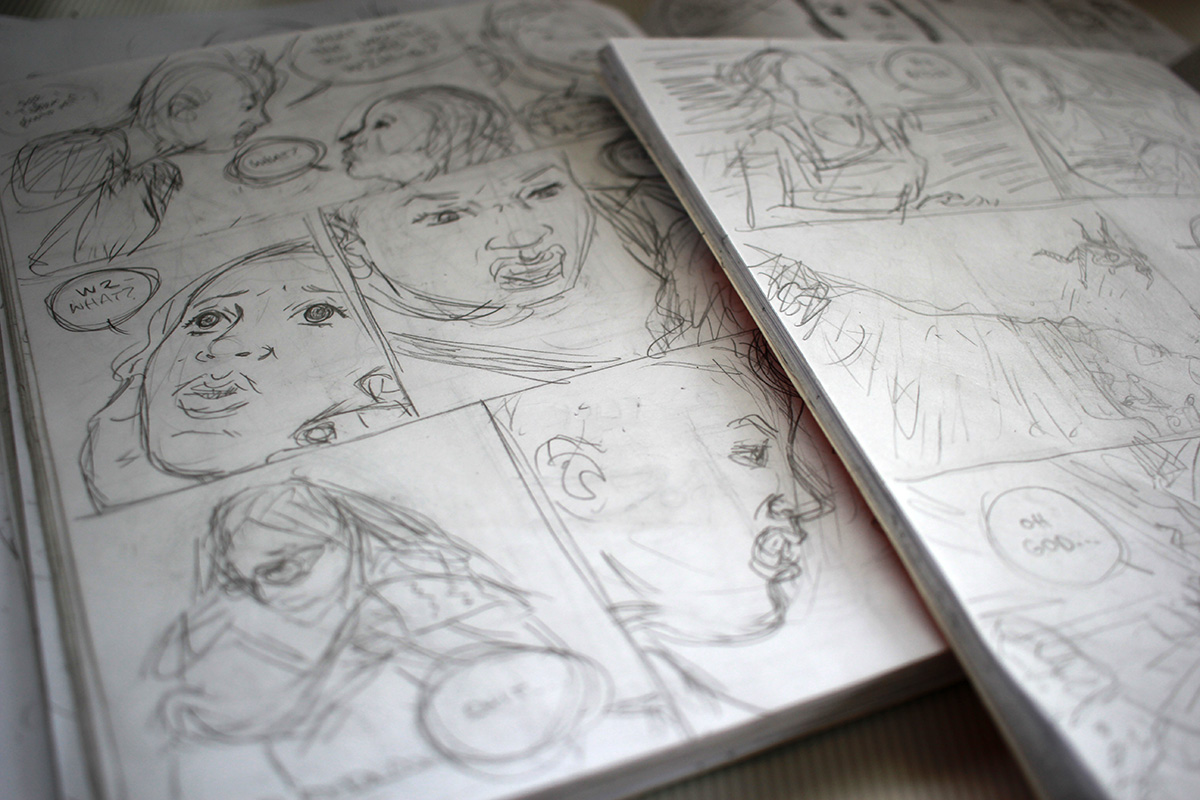
AK: And you had to have all the artwork finished by the end of last year before it went off to the printers.
AS: We did have a couple of delays along the way, and in the end the publisher was saying, ‘this is the final deadline. We need EVERYTHING by this date!’ (laughs). At the time I was busy inking and I’d coloured maybe 10-15 pages for myself, just so I knew what the colour schemes were going to be. I still had 200 or so pages left to colour, so time was ticking and that’s when I thought, ‘damn it, I have to get in some reinforcements!’ And that’s when I put the call out to good folks like yourself.
[Four other artists and myself did some colouring assistance for Ant.] AK: And you hit that final deadline?
AS: Yeah. It might have been slightly late, but we slid right in under that deadline!
AK: From start to finish, how long was it to complete all the final artwork?
AS: I handed in the finished artwork early 2018, so this year. It must have been early 2016 when I was getting into the artwork, and throughout 2017 it was the year that most of it got done. So I’m guessing a year and a half to two years of working solidly? Which seems like madness to do something like 250 pages – I was so tired last year. Doing late nights, five days a week, not getting enough sleep, it did me in! (laughs).
The book was a slow start, getting it off the ground with the publisher and funding, and then once it got going it was a lot of work, with a big rush to the end!
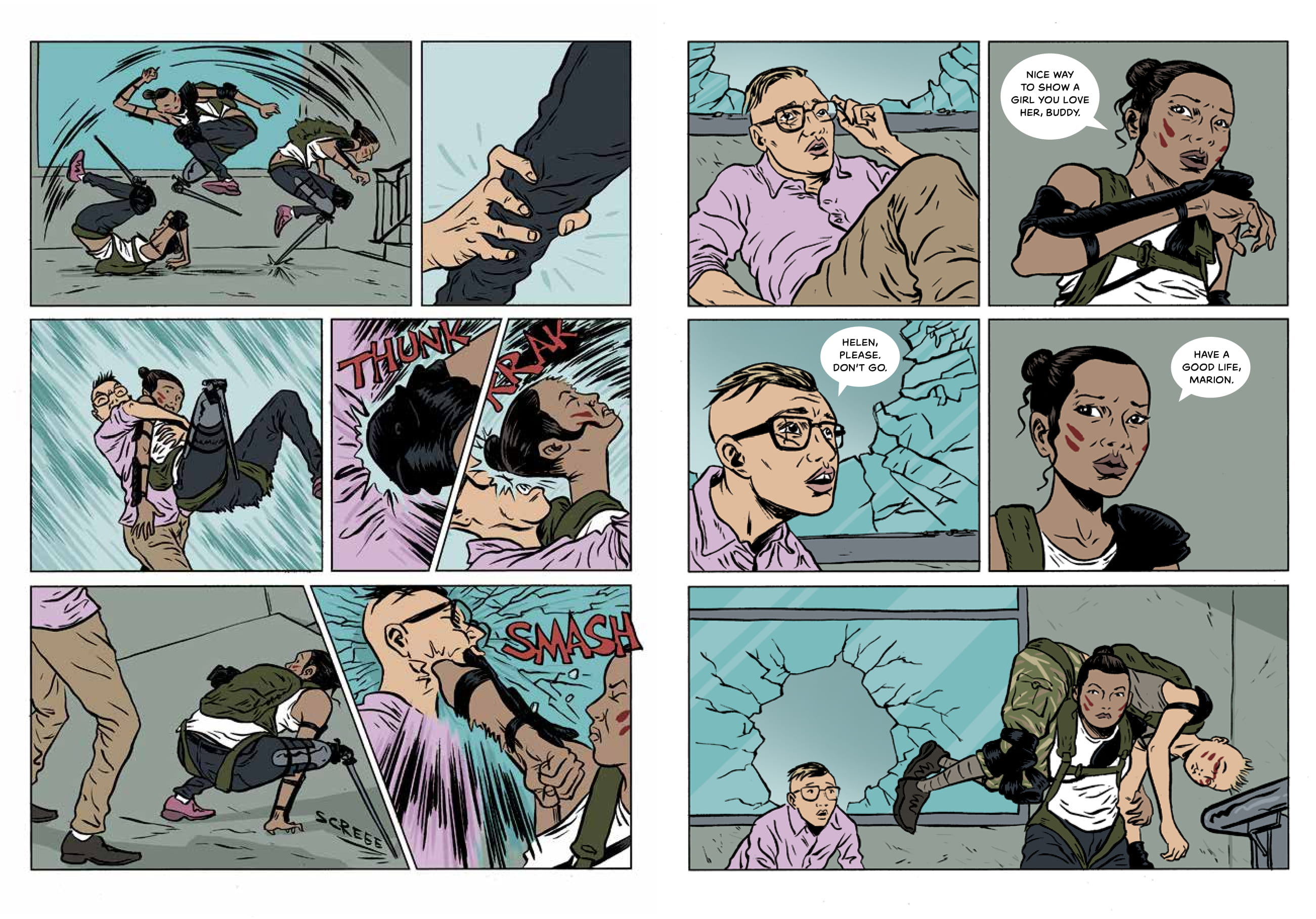
AK: Now you must be looking forward to a bit of a breather? Do you have any other projects on the horizon?
AS: Yeah, I thought, ‘this one killed me, do I really want to do another graphic novel again?’ But I’ve got another idea, and I’m not sure how I want to do it. I was thinking maybe I would do it online, which I’ve never done before – as a webcomic.
Helen and the Go-Go Ninjas by Ant Sang and Michael Bennett is available now from Penguin Random House NZ.

helen and the go-go ninjas
By Ant Sang and Michael Bennett
Published by Penguin Random House NZ
RRP: $30.00

Adrian Kinnaird
Adrian Kinnaird is the author of From Earth’s End: The Best of New Zealand Comics (Random House NZ, 2013) and Co-Publisher/Editorial Director for Earth’s End (www.earthsend.co.nz), a boutique publishing house dedicated to producing New Zealand created comics and graphic novels.You can visit his blog (www.fromearthsend.blogspot.com), and follow him on Twitter (@adriankinnaird)



